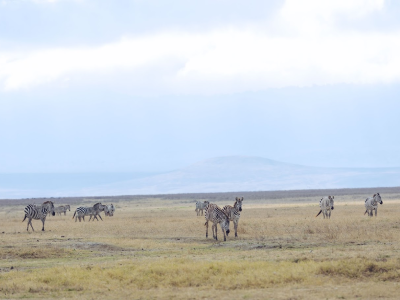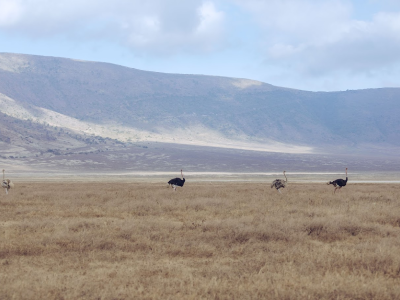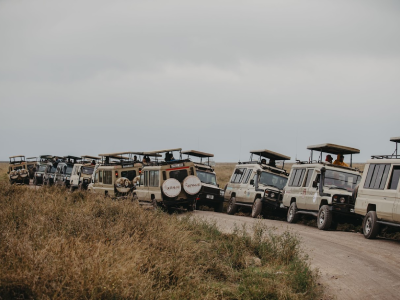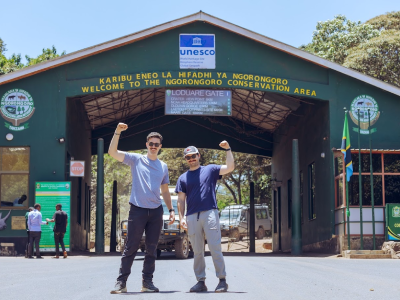Discover
Ngorongoro Conservation Area
THE MOST PRECIOUS CULTURAL AND ENVIRONMENTAL ASSET IN TANZANIA.
Crater Views, Endless Plains & Ancient Secrets
Ngorongoro Conservation Area is a UNESCO World Heritage Site that covers over 8,300 square kilometres and is known for its wide range of ecosystems. This area has a unique range of natural sights, from wide grasslands and dense woods to volcanic craters and calm lakes. Many well-known animals live in the Ngorongoro Crater, which is the world’s biggest unbroken caldera.
The area has a lot of history and different kinds of plants and animals. There are lots of wildebeests, lions, and black rhinos, and there are also ancient sites like Olduvai Gorge. It’s a must-see place in Tanzania because of its unique mix of natural beauty and cultural history.
A little Background Information
Formed millions of years ago, Ngorongoro’s volcanic craters like Olmoti and Empakaai boast stunning landscapes. The Empakaai Crater is renowned for its soda lake that covers much of the caldera floor, a haven for flamingos and waterbirds.
The area’s conservation efforts allow Maasai communities to graze livestock while maintaining the delicate balance of the ecosystem. Wildlife like cheetahs, leopards, and rare African hunting dogs roam freely here. Despite challenges like overgrazing and poaching, Ngorongoro remains a beacon of sustainable coexistence.
























